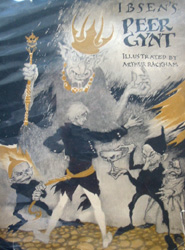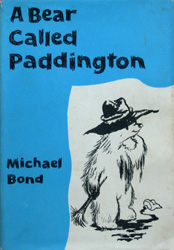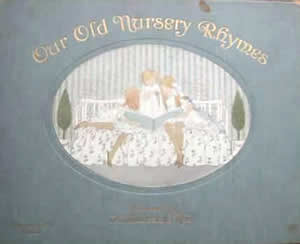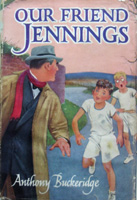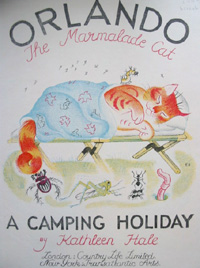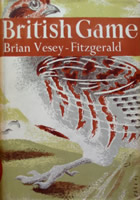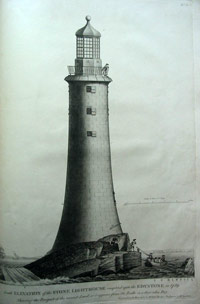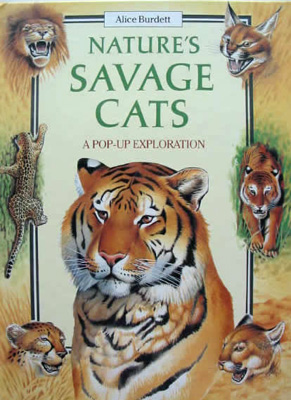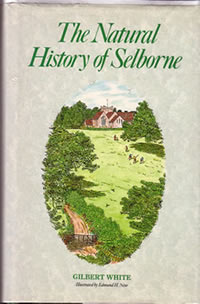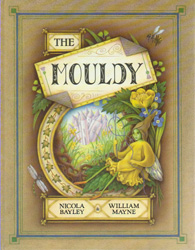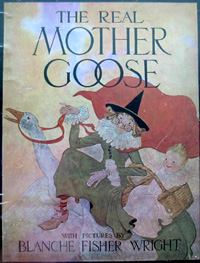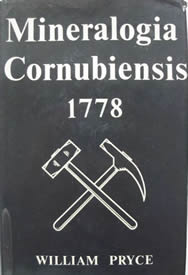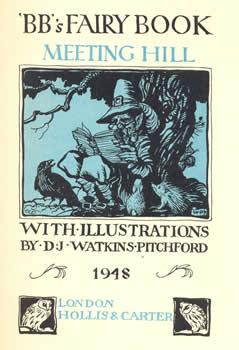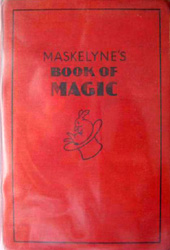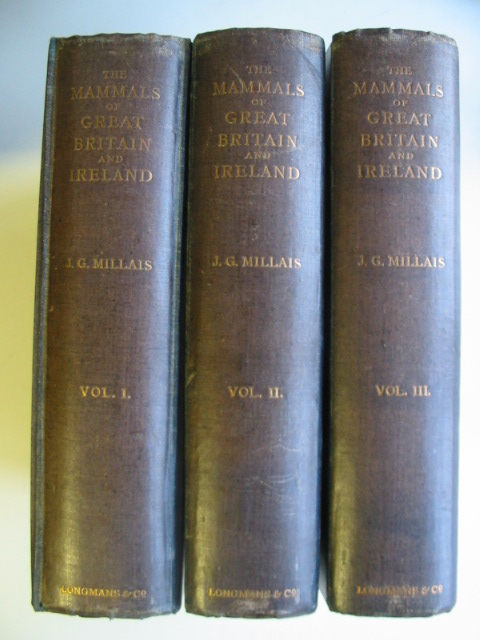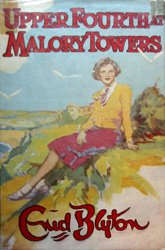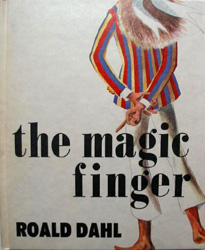Ibsen's Peer Gynt illustrated by Arthur Rackham
View current stock of Peer Gynt
What does it mean to be true to yourself?
The question lies at the heart of Ibsen's five act play, Peer Gynt, which was first published in 1867. The poem follows the life of the eponymous hero, from a young man in the first act to his (apparent) death at the end of the fifth act. Peer is a wastrel - a bragger, brawler and womaniser who lives a life of avoidance - yet he is still loved by a mother who is shamed by his actions.


